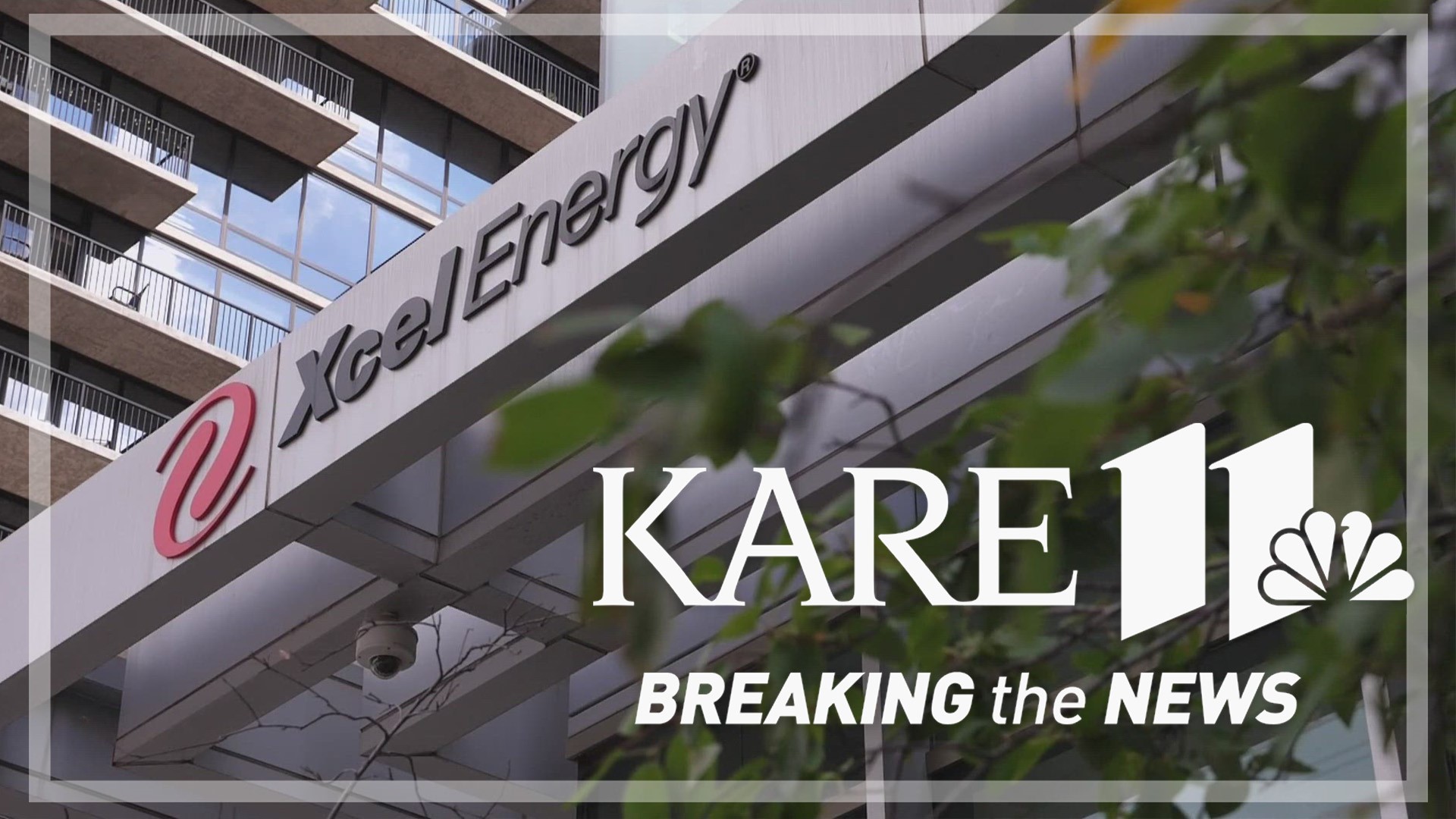MINNEAPOLIS — Travelers have long been accustomed to paying more for a flight, or an Uber ride if traveling during times of peak demand. But what if the concept applied to your dishwasher or air conditioner?
At the request of the Minnesota Public Utilities Commission, Xcel Energy has submitted a proposal that would implement so-called "Time-of-use" pricing for all of it's residential customers in Minnesota next year.
"I do think the time has arrived for time-of-use pricing," said Ahmad Faruqui, an energy economist with more than 40 years of experience studying energy rate and pricing design. "Time of use pricing is designed to send a signal to the consumer that this is an expensive time, please use less, shift some of your load to less expensive hours."
Faruqui says spreading energy usage across off-peak hours is growing in importance since more utilities depend on wind generated power, while the installation of smart meters is allowing them to charge variable rates.
"The pricing will really appeal to people with electric cars and people with smart thermostats and flexible lifestyles," he said. "They can adjust the thermostat setting on their air conditioner, and potentially save money while taking stress off the grid."
But after reviewing the proposal by Xcel Energy, and studying the rollout of its pilot time-of-use pilot program in Minnesota, he's not convinced it will be effective.
"It's too big of a change, done very abruptly," Faruqui said.
Xcel currently has a flat summer rate of about 13 cents/KWH. According to the time of use proposal sent to the PUC, the rate during the four summer months would jump to nearly 28 cents during peak hours between 3 p.m. and 8 p.m. on weekdays, but it would fall to less than 4 cents between 12 a.m. and 6 a.m. All other hours would have a base rate of about 15 cents.
The current winter rate is about 11 cents per hour. That would jump to 19 cents during peak hours, drop to 4 cents during off-peak times and 9.5 cents the rest of the time.
Faruqui says he's concerned that big discrepancy could backfire.
"We have about a dozen other states that are doing this," he said. "I looked up the numbers for a lot of these programs, including Xcel Energy in Colorado, and based on what I've found, their price differential is like 2.5 to one, not five to one – or more – like it could be in Minnesota."
Overall, Xcel projects an average customer's bill would increase about 18% during the four summer months, but decrease by nearly 11% the rest of the year. But that is assuming no change in behavior. If customers shift their energy usage to more off-peak times, the savings could add up, but Faruqui says that's not likely to be the case.
"I have done a lot of studies and they are all showing that this is good for the vast majority of customers in theory," he said. "But people don't do what the economic models imply they should do."
He says that seems particularly true when looking at Xcel's own time-of-use pricing pilot program, which included some homes in Eden Prairie and south Minneapolis over a two-year period. According to Xcel, the pilot led to some moderate shifts in energy use during peak hours, but a small group accounted for the biggest shifts. Likewise, the pilot led to small savings overall, though it was driven by a small percentage of customers.
Farugqui: "If the pilot was truly representative of the population, then you'll probably only get 10% of the people responding, so why bother the other 90%? Why not just make it an optional rate? Let those who want it, take it. Don't suddenly impose it on every customer."
Kent Erdahl: "Xcel points out that you will be able to opt out."
Faruqui: "But they won't. I have seen a lot of these over the last decades and people don't opt-out. People are very busy, they're overloaded, and honestly, I must admit it comes across as big brother."
In a statement sent to KARE 11, Xcel Energy spokesperson Theo Keith, reiterated that, if approved, customers will be able to opt-out of the time-of-use rates, while reiterating the potential cost savings and potential benefits that would come with the pricing shift.
"A Time of Use rate reduces the total amount of energy that we need to provide during peak times when everyone is using electricity. This would allow us to avoid building new power plants, keeping the total cost of electricity lower."
This summer the Minnesota Public Utilities Commission (PUC) will consider the time-of-use proposal from Xcel Energy. The PUC currently has an open notice of comment period on the proposal until April 15. To learn more about getting involved, watch this video or visit this webpage.
Watch more Breaking The News:
Watch all of the latest stories from Breaking The News in our YouTube playlist:
WATCH MORE ON KARE 11+
Download the free KARE 11+ app for Roku, Fire TV, Apple TV and other smart TV platforms to watch more from KARE 11 anytime! The KARE 11+ app includes live streams of all of KARE 11's newscasts. You'll also find on-demand replays of newscasts; the latest from KARE 11 Investigates, Breaking the News and the Land of 10,000 Stories; exclusive programs like Verify and HeartThreads; and Minnesota sports talk from our partners at Locked On Minnesota.
- Add KARE 11+ on Roku here or by searching for KARE 11 in the Roku Channel Store.
- Add KARE 11+ on Fire TV here or by searching for KARE 11 in the Amazon App Store.
- Learn more about the KARE 11+ app for Apple TV in the Apple App Store.
- Learn more about KARE 11+ here.

